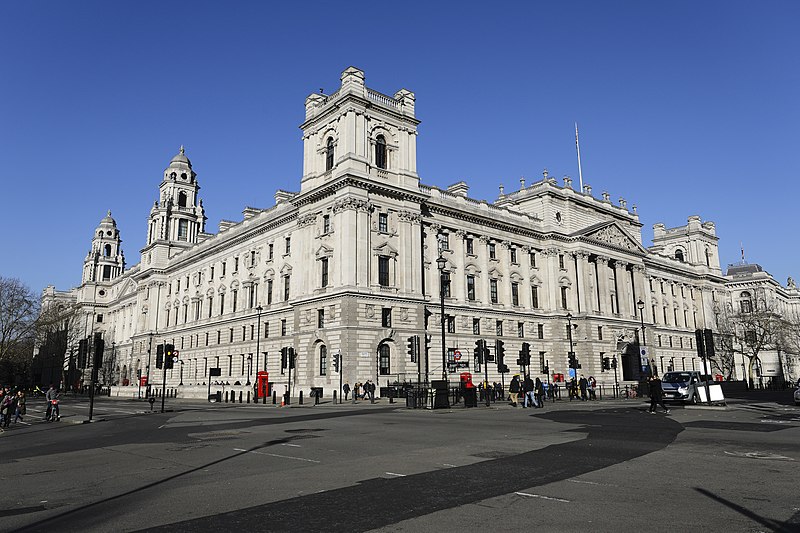
A record £55 billion investment will fuel the UK’s scientists and innovators, driving discoveries from life-saving medicines to clean energy technologies — and helping to secure
Britain’s future prosperity.
The government has announced its largest-ever long-term commitment to research and development (R&D), confirming fresh funding for the nation’s leading science and technology agencies. The move, unveiled today (30 October) by the Department for Science, Innovation and Technology (DSIT), marks a real-terms rise in R&D spending — a down-payment, ministers say, on the country’s future growth, health, and security.
“Backing our best and brightest researchers and innovators is essential,” said Science and Technology Secretary Liz Kendall. “They are making the impossible, possible — from health to clean energy and beyond. Their ideas will create tomorrow’s industries, boosting growth and transforming public services now and in the future.”
Science that pays back
According to new analysis, public investment in R&D delivers a remarkable return: for every £1 spent, the UK gains £8 in wider economic benefit. The ripple effect is also felt in the private sector — each pound of public funding typically attracts £2 of private investment.
That virtuous cycle has already produced global success stories. Companies like Oxford Nanopore, now listed on the FTSE 250 and pioneering pandemic early-warning systems, and Cobalt Light Systems, whose technology screens liquids at airports around the world, both began with UK Research and Innovation (UKRI) support.
Backing the breakthroughs
The new funding will be distributed across the UK’s leading research organisations, including:
- UK Research and Innovation (UKRI): £38 billion over the next five years, including nearly £10 billion in 2029–30.
- Advanced Research and Invention Agency (ARIA): rising from £220 million to £400 million annually by 2030, supporting bold, long-term ideas like using robotics in adult social care.
- The Met Office: more than £1.4 billion to keep Britain at the forefront of climate science.
- National Academies: over £900 million to support world-class research and scholarship.
- AI Security Institute: £240 million to ensure artificial intelligence is developed and deployed safely.
In total, DSIT’s R&D budget will reach £58.5 billion between 2026 and 2030 — part of the government’s wider £86 billion commitment to public research funding announced at the Spending Review.
From quantum to cancer cures
Kendall announced the allocations while visiting IBM’s London base, where public and private researchers are collaborating on cutting-edge work in quantum computing, robotics, and artificial intelligence. IBM’s partnership with UKRI’s £210 million Hartree Centre is already accelerating the discovery of new medicines and clean energy technologies.
Recent examples of publicly funded innovation include:
- 129 million to support BioNTech’s new UK R&D centres for cancer medicine — unlocking £1 billion in private investment over ten years.
- £80 million for 100 research projects tackling everything from better prosthetics to advanced blood clot tests.
- £44 million to develop cleaner, AI-powered manufacturing.
- £32 million for medical imaging technology up to 40 times more sensitive than current scanners.
- £22 million to advance practical quantum computers that could dramatically speed up drug discovery.
Building Britain’s future
Publicly funded research doesn’t just change lives — it changes livelihoods. Studies show that in the six years after receiving R&D grants, the average UK business increases employment by 21% and turnover by 23% compared to similar firms without funding.
The government argues this investment will secure Britain’s global leadership in science and innovation while creating thousands of high-quality jobs.
“By investing in their work,” Kendall said, “we’re backing the long-term success of the UK — paving the way for breakthroughs that will help us all to live and work better.” Photo by bryansjs, Wikimedia commons.



































